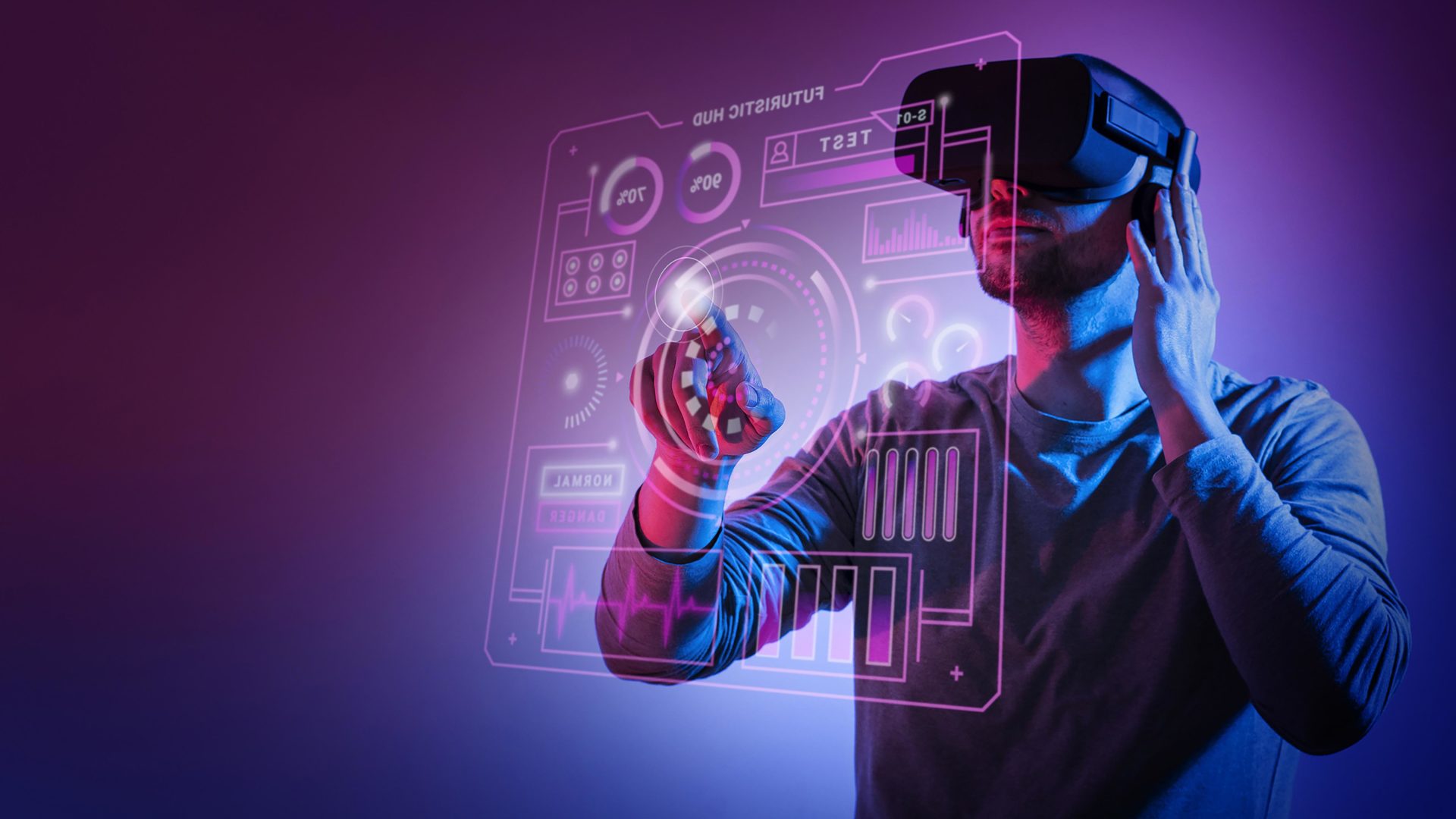It’s no secret that humans are visual creatures. From art and movies to digital advertising, people are drawn to and influenced by strong visual elements.
This tendency can be very useful for businesses that want to convey data, statistics, or complex information engagingly. Data visualisation allows companies to capture their audience’s interest, communicate data, and even persuade them to take action.
So what is data visualisation, and how can you become an in-demand expert in this area?
 Credit : Freepik
Credit : Freepik
What is Data Visualisation?
Data visualisation is an engaging, visual way to present technical and complex information.
Sometimes also called information visualisation, information graphics, or statistical graphics, this process puts data into a visual context to make it easier to understand and help the intended audience internalise the message you are trying to convey.
Presenting data this way also helps to identify any prevailing trends, patterns, and outliers in large data sets.
The most common types of data visualisation are:
- Maps
- Infographics
- Charts
- Dashboards
- Graphs
- Tables
Data visualisation is a part of the field of data science. It is founded on data collection, processing, and analysis, in order to finally present the data visually in a coherent and persuasive way.
Data visualisation is making its mark in almost every industry, from displaying students’ academic progress in education to tracking advancements in machine learning and artificial intelligence in the field of computer science.
Become proficient in data management and analytics techniques, including data visualisation : join EDHEC Online Master of Science (MSc) in Data Management & Business Analytics.



